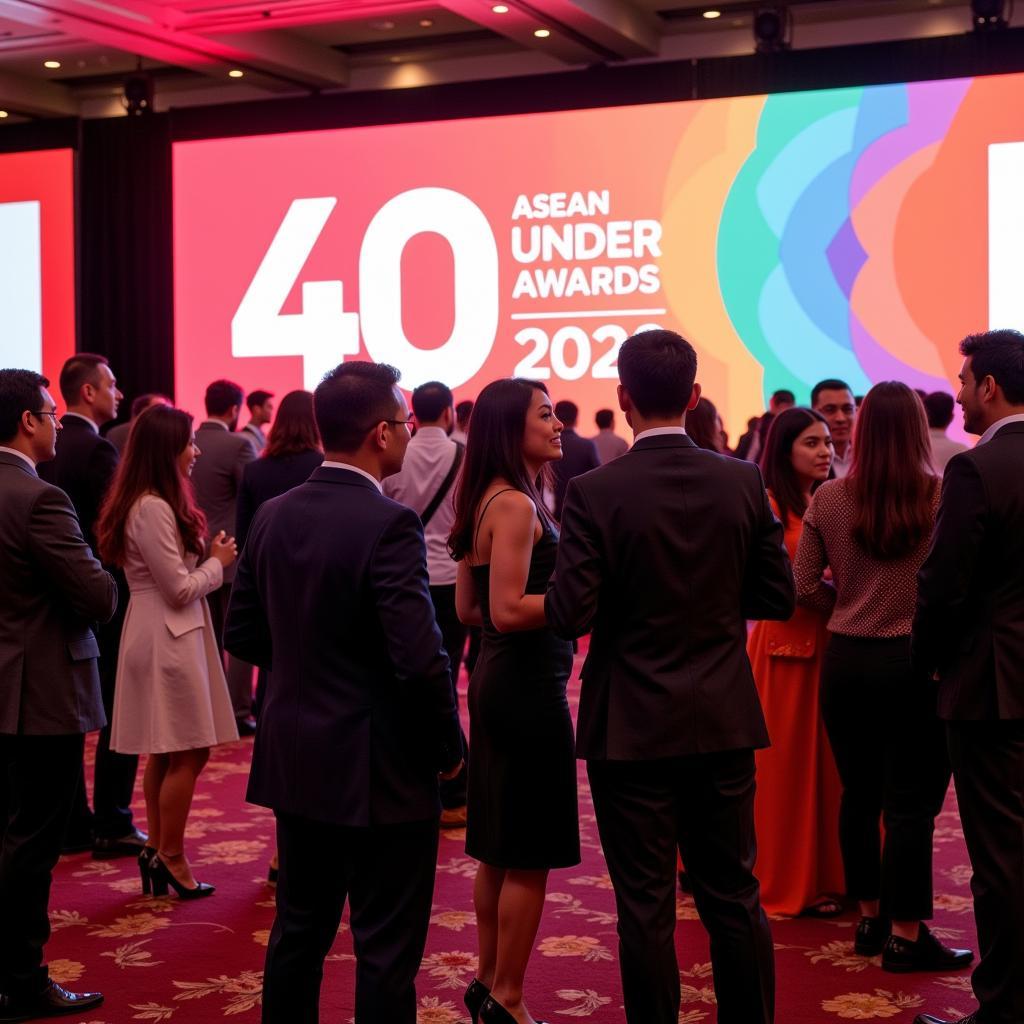2017 saw Southeast Asia continue its trajectory of robust economic growth. Driven by strong domestic demand, burgeoning intra-ASEAN trade, and a favorable global economic climate, ASEAN nations recorded impressive GDP growth figures in 2017. This article will delve into the key factors contributing to this success story and examine the individual performances of various ASEAN member states.
Factors Driving ASEAN’s Economic Engine in 2017
Several key factors coalesced to propel ASEAN’s economic expansion in 2017:
- Strong Domestic Consumption: A young and expanding middle class across many ASEAN countries fueled a surge in domestic consumption, becoming a cornerstone of economic growth.
- Intra-ASEAN Trade: The ASEAN Economic Community (AEC), established in 2015, continued to facilitate trade between member states, leading to increased economic integration and growth within the region.
- Foreign Direct Investment (FDI): ASEAN continued to be an attractive destination for FDI, with investors drawn to the region’s growth potential, competitive labor costs, and strategic location.
- Infrastructure Development: Significant investments in infrastructure projects across the region, often supported by development partners like China and Japan, improved connectivity and boosted economic activity.
Individual Country Performances: A Diverse Landscape
While the overall picture for ASEAN in 2017 was positive, individual country performances varied depending on their specific economic structures and policy environments.
- The Philippines: Driven by robust domestic consumption and a booming construction sector, the Philippines recorded an impressive 6.8% GDP growth rate, one of the highest in the region.
- Vietnam: Vietnam continued its impressive economic ascent, achieving a GDP growth rate of 6.8%, propelled by a burgeoning manufacturing sector and strong export performance.
- Indonesia: As Southeast Asia’s largest economy, Indonesia registered a respectable GDP growth rate of 5.1%, demonstrating resilience amidst global economic uncertainties.
Challenges and Opportunities on the Horizon
Despite the positive economic outlook in 2017, ASEAN faced several challenges, including:
- Global Economic Uncertainties: Protectionist sentiments in some developed economies and volatility in commodity prices posed risks to ASEAN’s export-oriented economies.
- Infrastructure Gaps: While progress was made, infrastructure gaps continued to hinder growth and connectivity within the region.
- Skills Mismatches: As ASEAN economies moved up the value chain, skills mismatches emerged, requiring targeted education and training programs.
“While ASEAN’s economic outlook remains positive, addressing these challenges is crucial for sustaining growth in the long run,” says Dr. Maya Kumar, a leading economist specializing in Southeast Asian economies. “Investing in human capital, further regional integration, and promoting innovation will be key to ASEAN’s future economic success.”
Conclusion: ASEAN’s 2017 GDP Growth – A Testament to Regional Resilience and Potential
ASEAN’s strong economic performance in 2017, marked by impressive GDP growth rates across many member states, showcased the region’s resilience and vast economic potential. As ASEAN continues to navigate a complex and evolving global landscape, harnessing its strengths, addressing challenges head-on, and fostering further regional integration will be vital for sustaining this positive trajectory and achieving long-term prosperity.

